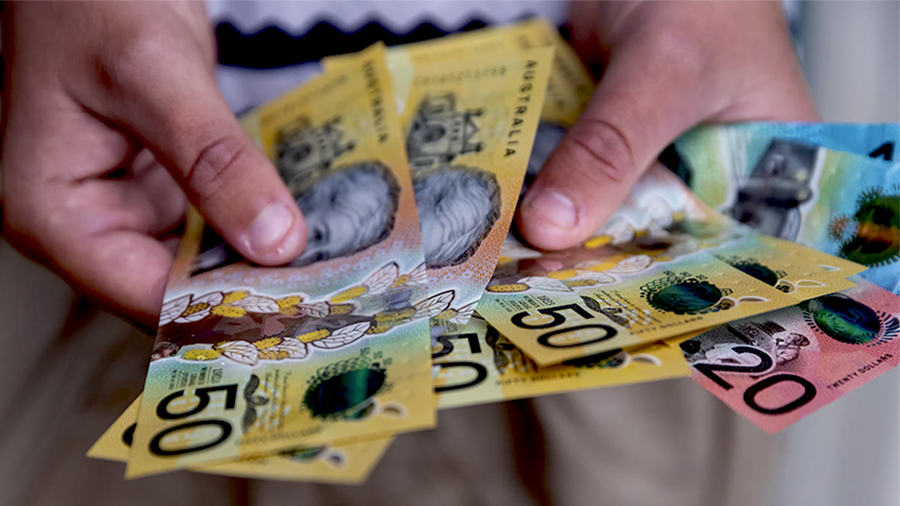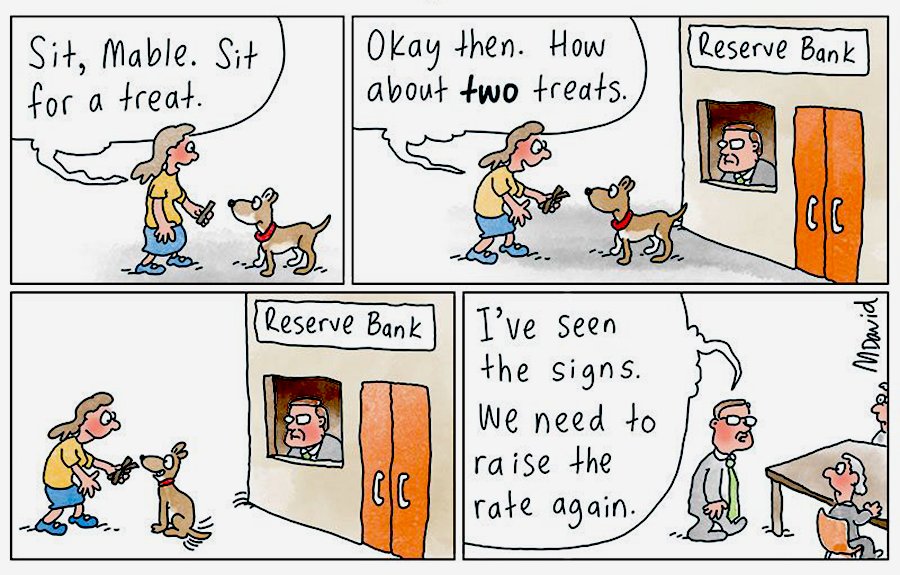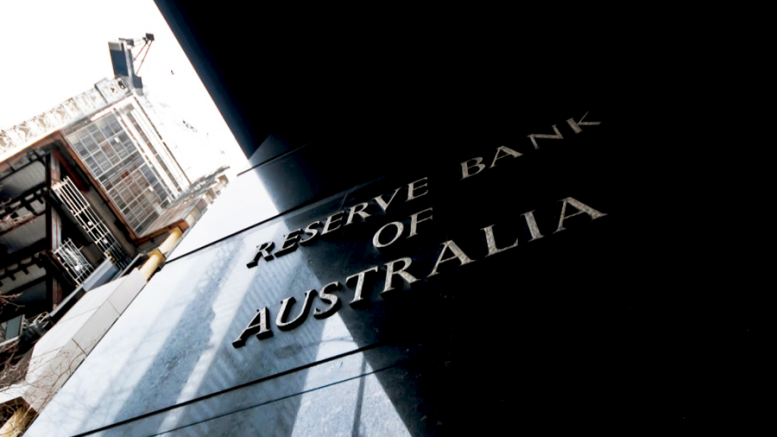Contributed by Joe Montero
The Reserve Bank of Australia (RBA) board was locked away talking about interest rates yesterday and continue today. A statement is due to be released on Thursday, where the decision will be revealed. This comes after a review by Treasurer Jim Chamers on how the RBA works, and not so long after the appointment of a new head.
This is an institution that is not particularly popular after a period of consistent interest rate rises, and political pressure to stop them. This is all well and good, but the RBA can only operate within the given economic conditions. Furthermore, its adjustment of the official interest rate can only have a short-term effect. The economy itself will always assert itself in the end.
The rate is now at 4.35 percent. This is a substantial increase compared from where it was two years ago, and it’s hitting a lot of people quite hard. Whether the RBA rate is to be increased or left alone this time around is still not clear.
How the interest rate trend asserts itself in the end depends on the conditions of the economy. If what is produced within it is too sluggish and the supply of money grows at a faster rate, its value decreases and we get inflation. If domestic and foreign investors find a greater appetite to get their hands on Australian dollars, the value of the currency will go up and decrease inflation. Government can have similar effects through its agencies by increasing or decreasing the quantity of money in circulation.

Photo from Traceydee Photography/Getty: interest rate determined by what the economy is producing and able to be purchased and the quantity of money is circulation
Above all else, it remains that the state of the economy is the critical factor. The interest rate had been at a historical low for quite a few years, down to almost zero. There is a good reason for this. Australia’s manufacturing base dwindled to near extinction. It was replaced by the rapid, steep, and excessive rise of the service industry, and the explosion in real estate, futures markets, and other speculative activities.
Despite claims of prolonged low inflation, the cost of living for everything we buy rose enormously. A home that cost around $30,000 in the mid-seventies now costs about a million Inflation has been and continues to be at a high level. In just the last two months the cost of a cup of coffee has gone up by up to 25 percent. The discrepancy between the claims and rea life is the ay inflation is measured. But this is another story.
The claim that there has been an economic turnaround since the Covid lock downs is exaggerated. The problems bedevilling the economy remain. The official growth rate for the last quarter was merely 0.2 percent. Not much given that the transfer of assets is considered part of economic growth. Take this away and we are in negative territory. The exchange rate of the Australian currency is still subdued. Foreign demand for it is low. Wage growth is negligible, and prices are still rising fast. Everyone’s still talking about a cost of living crisis. New investment in the Australian economy is not really materialising.
How does this affect the interest rate? In the immediate sense this will put political pressure to increase it to do two things. The first is to increase the return to investors and lenders, based on the assumption that making these investors and lenders happy will fix the economy. The second is to shift the share of the money supply in the hands of those depending on wages and Centrelink payments, by quietening demand by raising the cost further. This takes money out of circulation and lowers inflation.

There is the opposite kind of political pressure to pay attention to the worsening cost of living crisis. This has reached a point where the prospect of the ongoing survival of the government is at stake. A year or so from the next election, it has an incentive to be looking and increasing its credibility. Raising the interest rate in the face of public hostility is a problem.
Which form of pressure is going to prevail for now will be clear on Thursday.


Be the first to comment on "Interest rate will be decided by political wind"